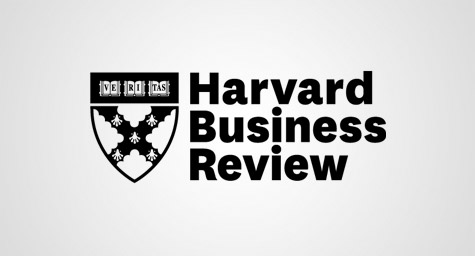September 2013 Harvard Business Review focuses on the unseen barriers for women rising. It states persistent gender bias too often disrupts the learning process at the heart of becoming a leader – adding some thoughts on how to correct the problem.

“The problem with leaders [who make gender diversity a priority but are frustrated by results] us that they don’t address the process of coming to see oneself as a leader.”
“Becoming a leader involves much more than being put in a leadership role, acquiring new skills and adapting one’s style to the requirements of that role. It involves a fundamental identity shift. Organisations inadvertently undermine this process when they advise women to proactively seek leadership roles without also addressing policies and practices that communicate a mismatch between how women are seen and the qualities and experiences people tend to associate with leaders.”
THE IDEA IN BRIEF:
The baseline
People become leaders iteratively: they shoulder increasingly challenging roles, learn from mentors, and experiment with new behaviours. Then, if their performance is affirmed, they repeat the process.
What the research shows
That process is often more difficult for women than men because of subtle biases. For eg, behaviour considered assertive in a man is seen as aggressive in a woman and thus denigrated rather than rewarded.
The path forward
Just naming those biases can help men and women alike to understand what’s going on. That frees women to focus more on leadership purpose and less on how they are perceived.
Source: Women Rising: The Unseen Barriers by Herminia Ibarra, Robin Ely and Deborah Kolb; Harvard Business Review, September 2013

